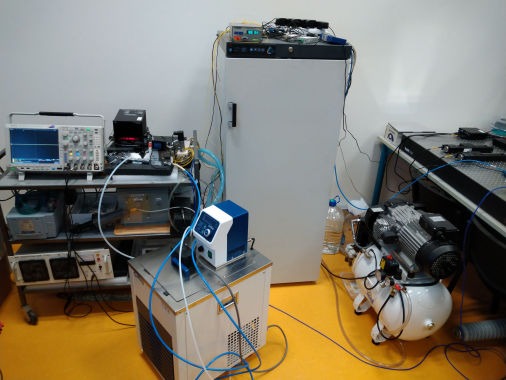
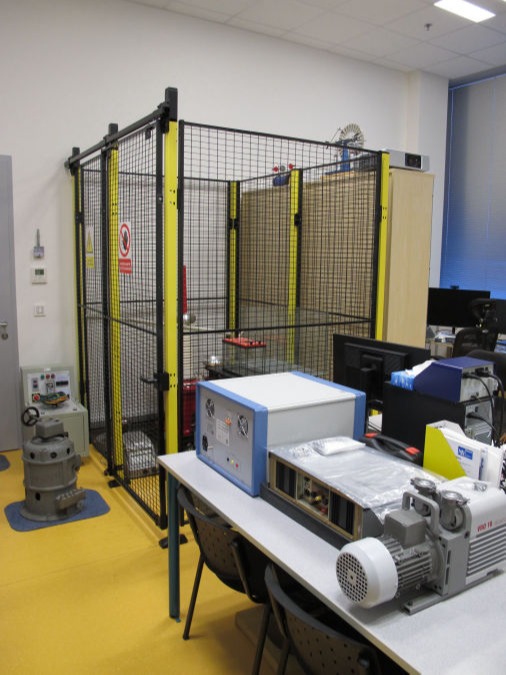
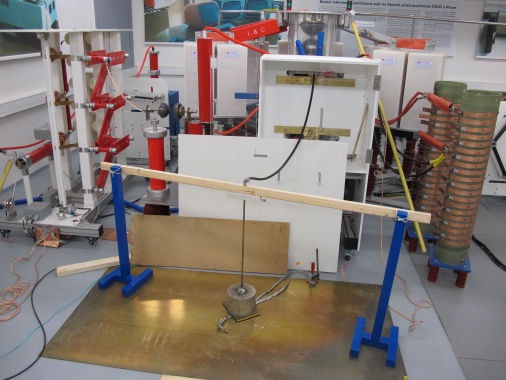
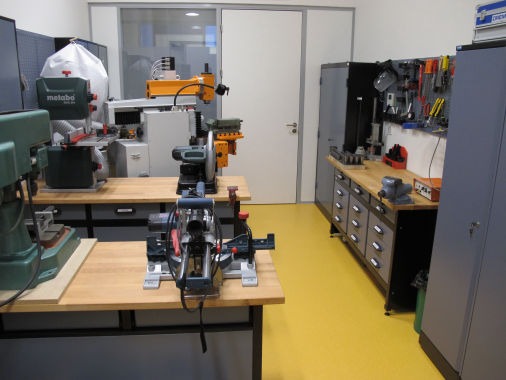
About the lab
The Laboratory of Environmental Electrotechnics and Economics (known under its acronym LEEE) at the Faculty of Electrical Engineering of the Czech Technical University in Prague (acronym FEE CTU) is a multidisciplinary platform with a long-term focus on exploring narrowly specialized disciplines, currently promoted on an international scale and proceeding from the animate and inanimate nature and having direct links to electrical engineering.
Electrical engineering and the industrial, technological and scientific development of modern society have played a seminal role in shaping its everyday life. However, this process is also known for its ambivalent nature. On the one hand, there have been efforts for a maximum exploitation of the energy and raw material potential of the Earth, on the other hand the damage, caused and initiated by extraction, by utilizing natural water resources, by performing engineering interventions into soil and air, by industrial applications, tends to generate an ecological burden.
Inspired by self-renewable natural processes conducive to reducing the current industrial burden, we are intent on resolving combined tasks employing engineering, electrical engineering, chemical and other methods. Within its platform LEEE seeks to introduce at FEE CTU in Prague new research projects in branches which, in the course of their specific hands-on solutions, constitute – in technological and economic terms – a highly challenging multidisciplinary problem area transcending the knowledge of a single technical discipline, with frequent overlaps into many societal and economic aspects.




LEEE is furnished with fundamental regulated voltage and current sources of low voltage, as well as specific high-voltage instruments. Discharge-free sources up to100 kV and 75 kV are used with an industrial frequency of 50 Hz, amplitude intensifiers manufactured by Amp-Line Corp. supplemented with efficient transformers up to 10 kV and DC sources up to 40 kV and 125 mA made by the TECHNIX company are employed for frequencies ranging from 5 Hz to 800 kHz.
The laboratory has also at its disposal specific resources for research in the branch of impulse currents. For the simulation of effects of direct lightning discharge the laboratory uses sources of impulse current of 10/350 µs with amplitude up to 200 kA, and waveform of 8/20 µs with amplitude up to 250 kA for the simulation of induced effects of lightning currents. For processes simulating impulse voltage we make use of sources with a waveform of 1.2/50 µs, specifically with amplitudes of 6 kV and 300 kV, as well as measuring triggered spark gaps and a crowbar.
Equipment of our own design and construction with parameters of 50 kV, 15 discharges per second, rising edge of up to 100 ns and drawn current of 3 mA is used for research in the field of electro-hydro mechanical phenomena.
To provide for fixed and stable environmental conditions for experimental purposes the laboratory has at its disposal thermostatic boxes, circular coolers and exhausters.
For diagnostic purposes the laboratory employs instruments based on Fourier and optical spectroscopy. Our principal instrument in this field is the FTIR Nicolet™ iS™ 5 FTIR Spectrometer.
Specific detection devices (commercial and of our own design and manufacture) are used for environmental measurements in laboratory. For the study of the effects of electrical discharges LEEE is equipped with a detector of ionizing radiation, scintillation detectors, passive thermo-luminescent detectors etc. As for commercial instruments, we should single out Timepix 3 by the Advacam company.
For the study of very fast events unfolding during discharge processes in laboratory and outdoor conditions we use high-speed camera FASTCAM SA-Z 2100K by the Photron company, with a maximum possible recording speed of 2 million frames per second, complete with rich specific peripheries.
LEEE also contains a compact modern mechanical workshop allowing for basic construction work as well as high-precision tool-making operations. In addition to minor tools and equipment for metal-working, plastic- and wood-working the workshop offers, for instance, a tool-making lathe FN 20, a small lathe MN 80, as well as a high-precision CNC lathe, 3D printers and other machine tools.
To date research in LEEE has been supported most generously by the funds outside the FEL ČVUT in Prague, coming predominantly from the projects of the Czech Technological Agency (TA ČR) and the Czech Republic´ s Ministry of Education, Youth and Sports – Operational programme research, development and education (MŠMT OP3V – research of excellence). Student activities in the laboratory are supported by external grants from the Student Grant Competition (SGS) organized by the Czech Technical University in Prague. LEEE has been systematically looking for opportunities to develop its infrastructure and support talented students in the pursuit of their own activities.
Team members
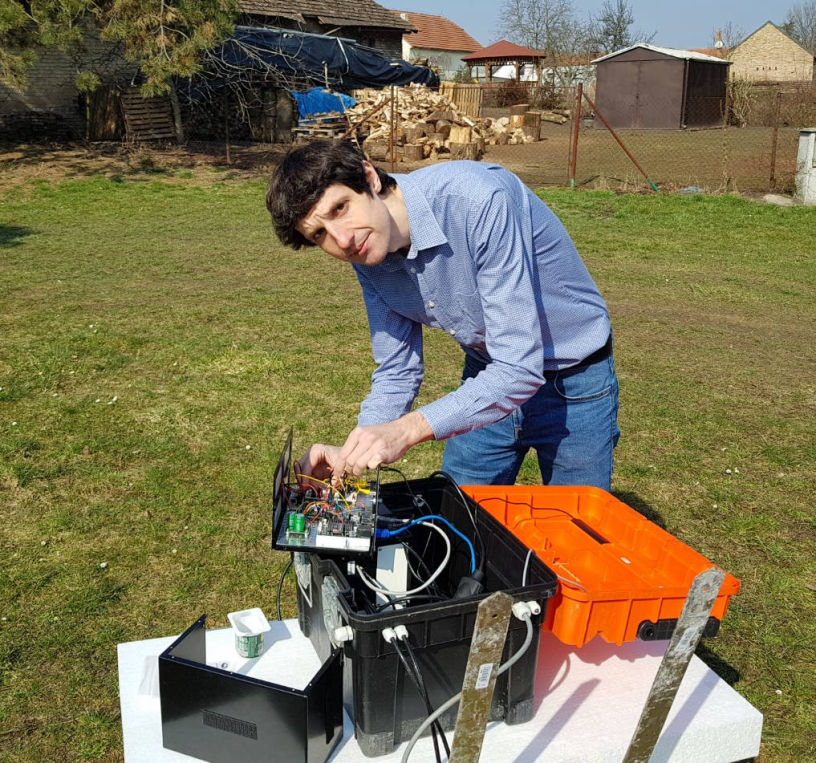
Founder and current head of the Laboratory of Environmental Electrotechnics and Economics. He specializes in the field of electrical discharges (including lightning ones) and their application, ozone generation, environmental electrotechnics and remediation technology.
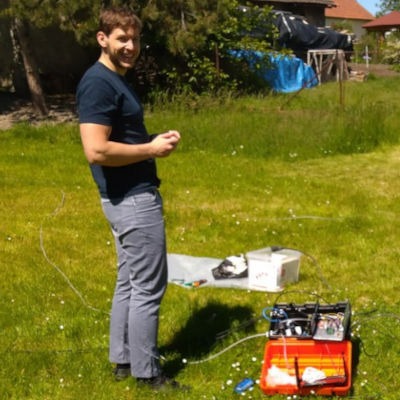
Scientific researcher who is in charge of the operation of selected facilities, software and technologies. He applies himself especially to 3D printing, designing and modelling 3D objects, simulation of physical processes, collection, processing and wireless data transfer from remote localities, development of systems for data collection from ozone generator and operation of the high-speed camera.
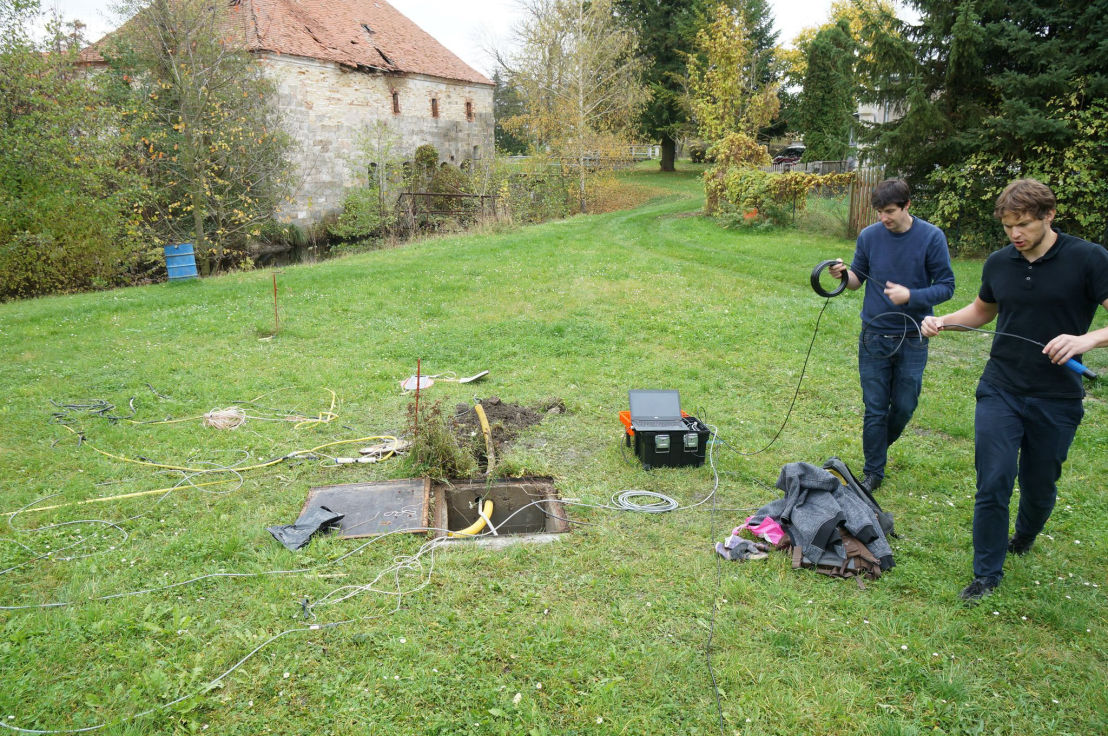
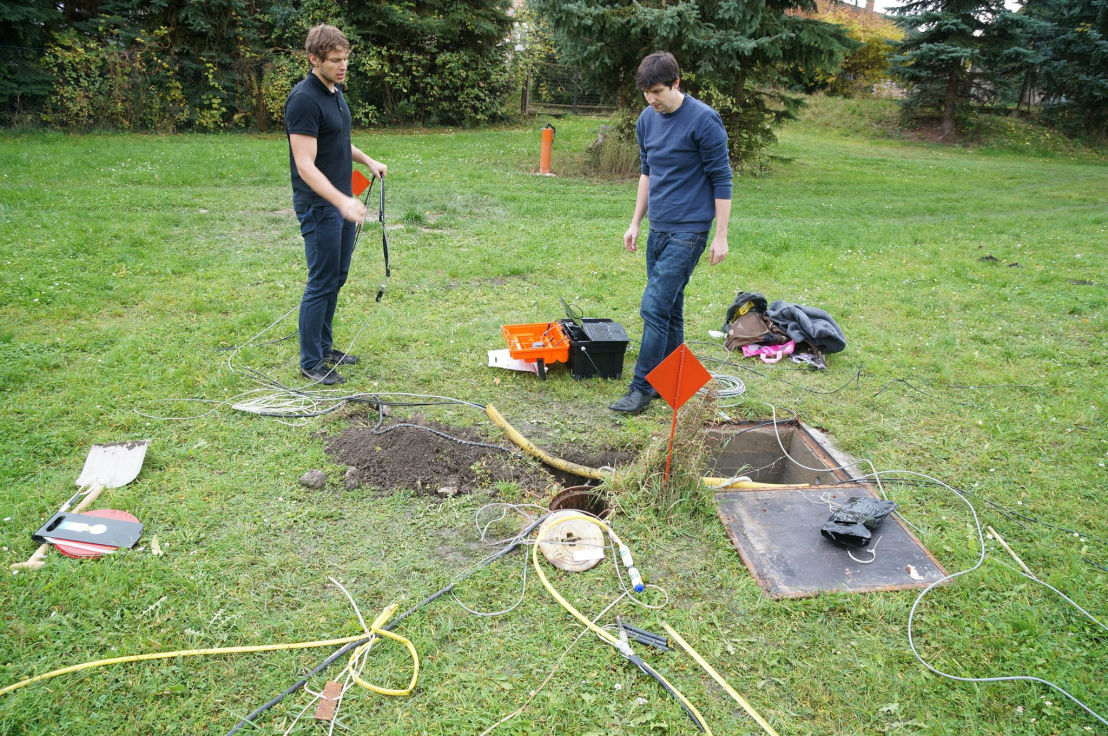
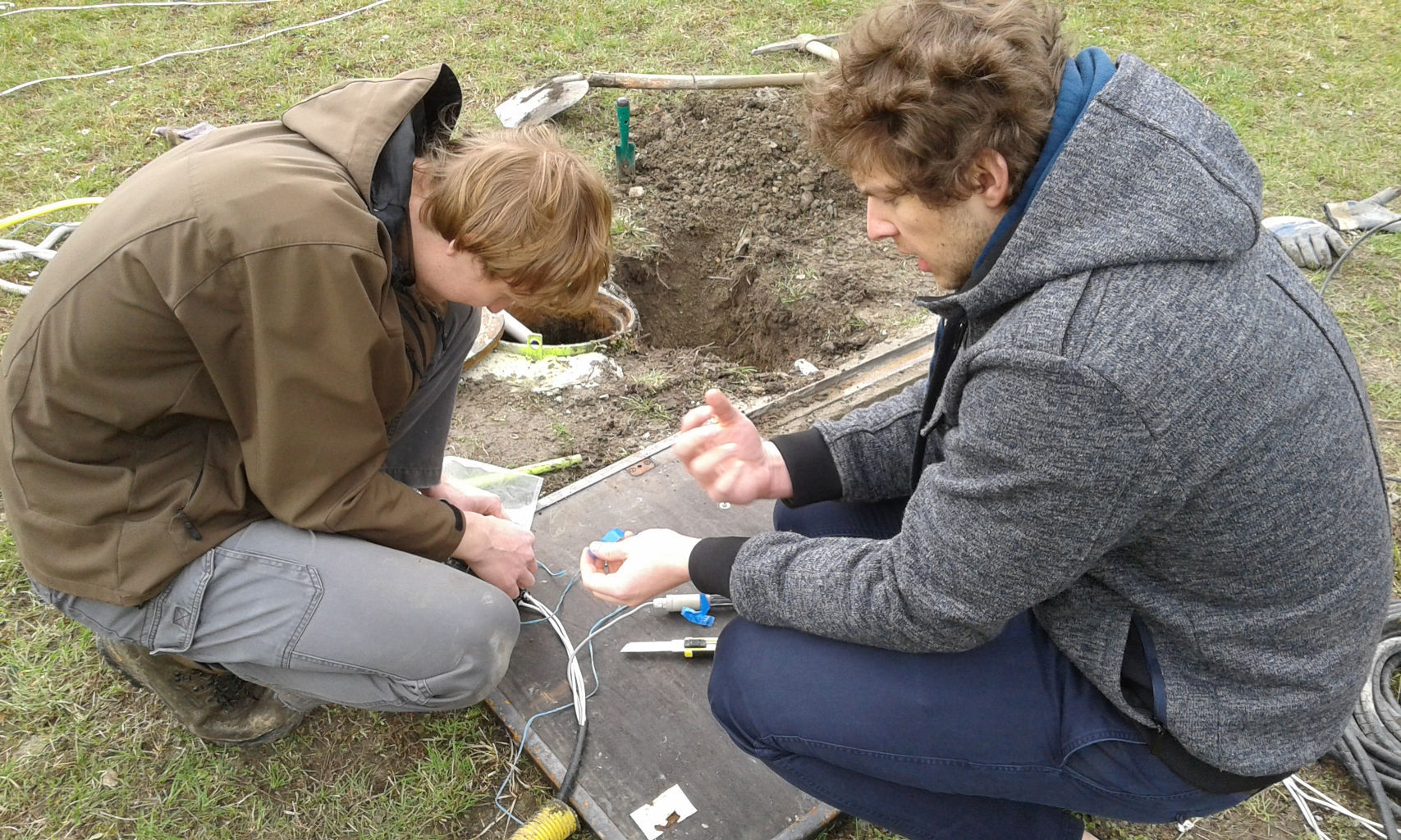
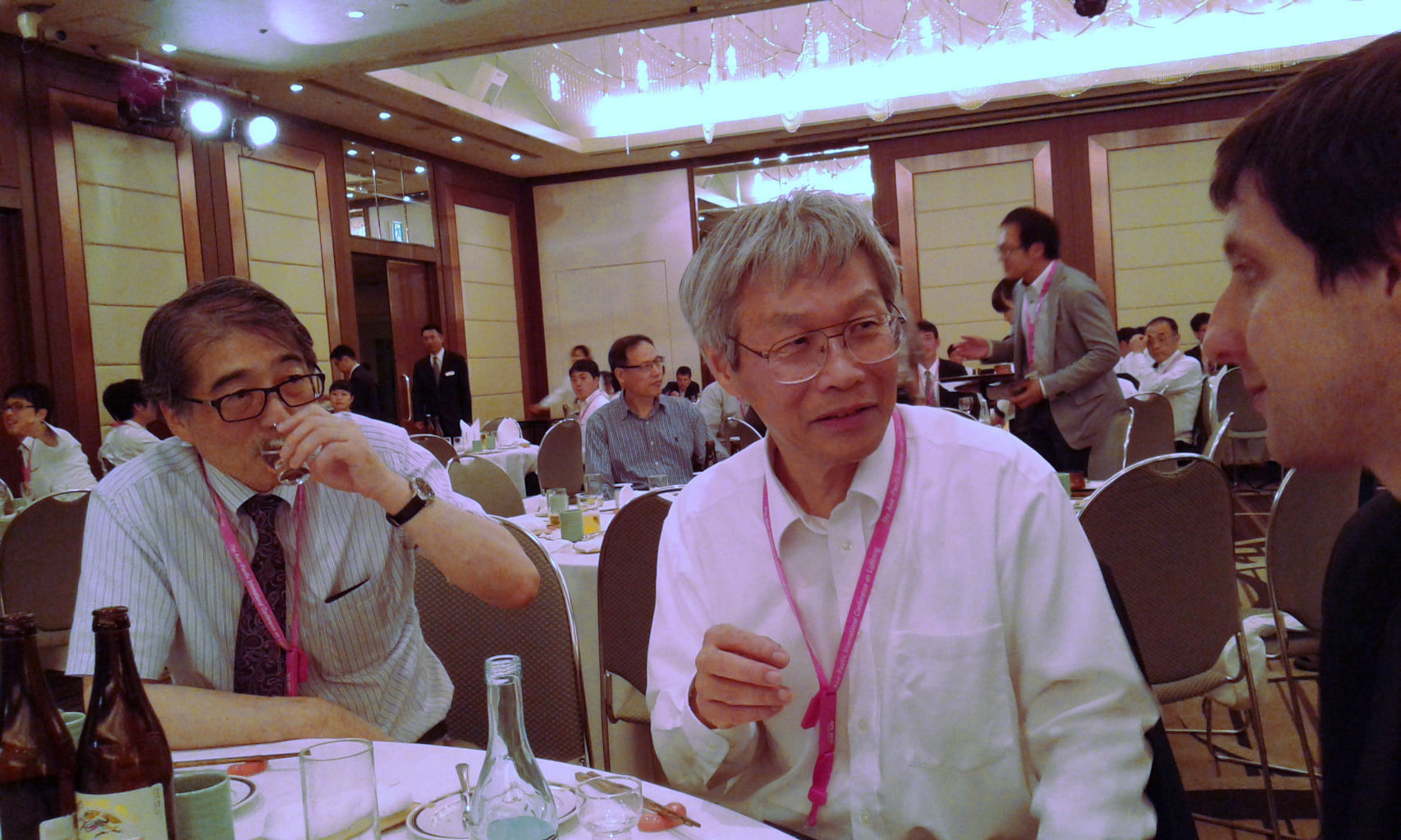
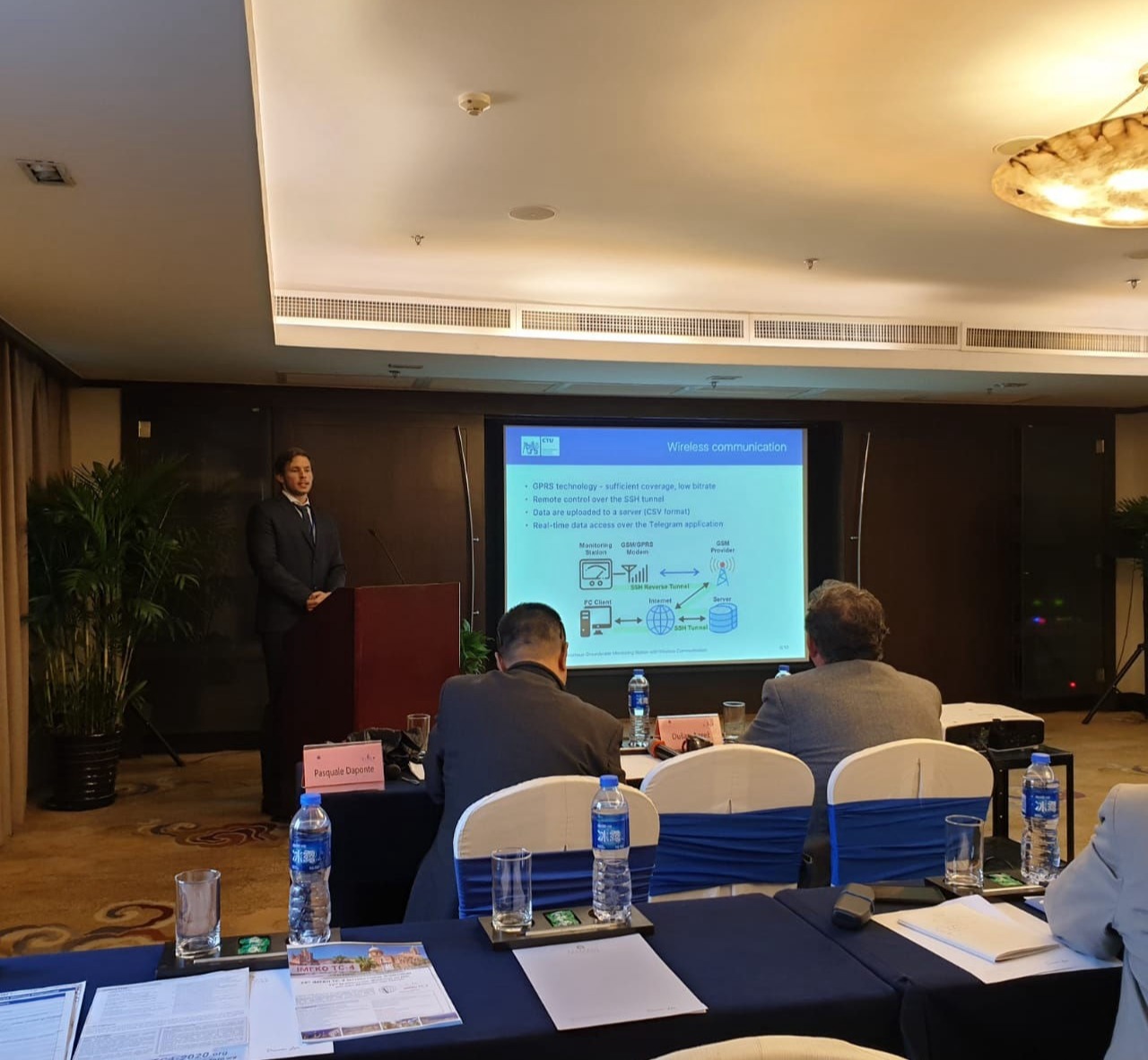
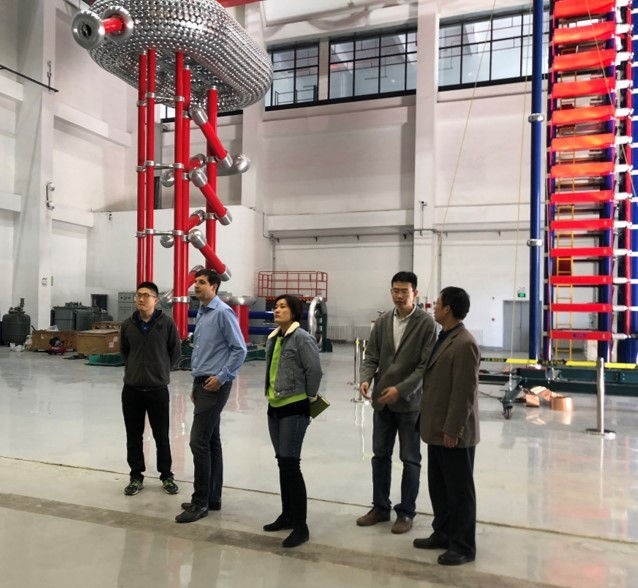
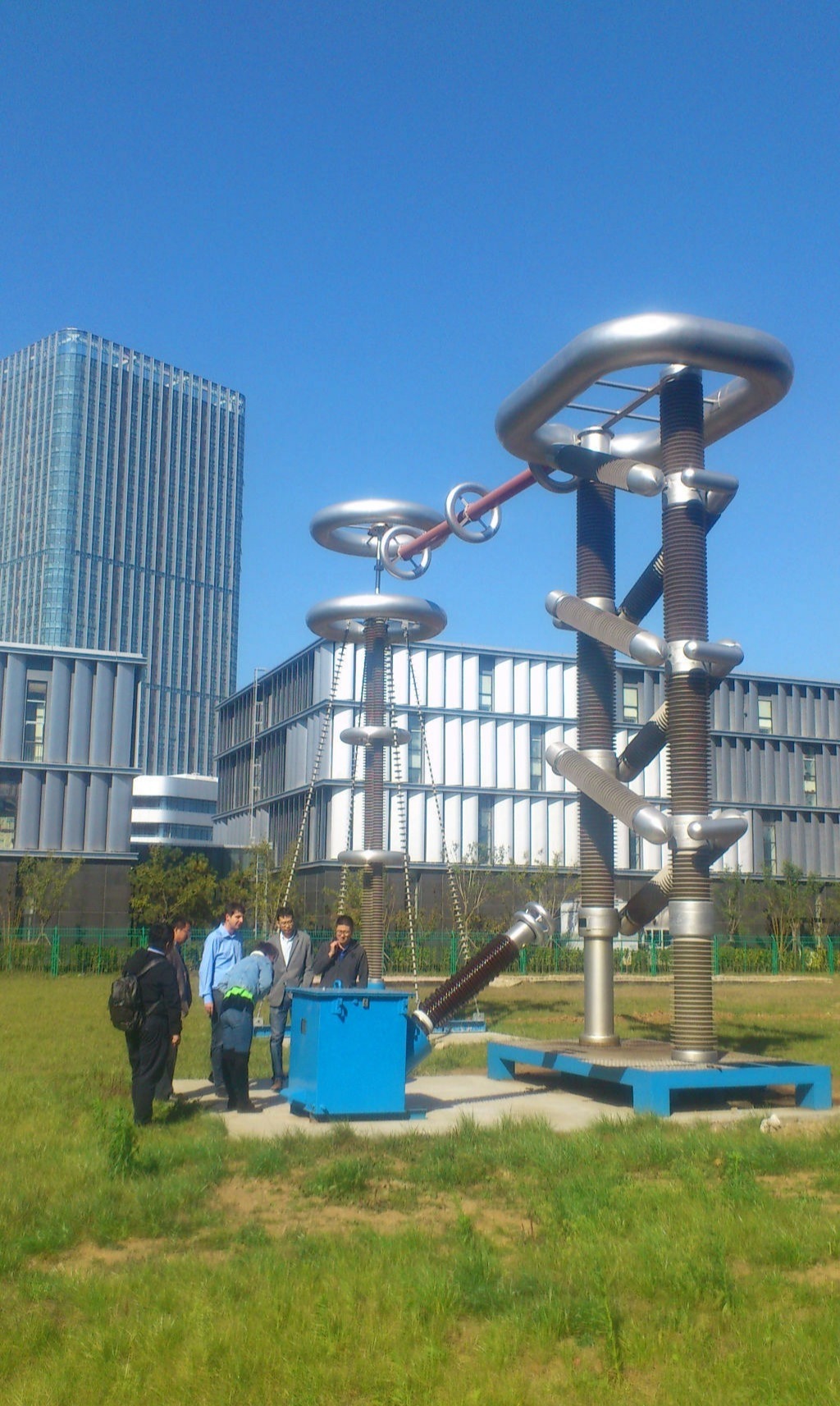
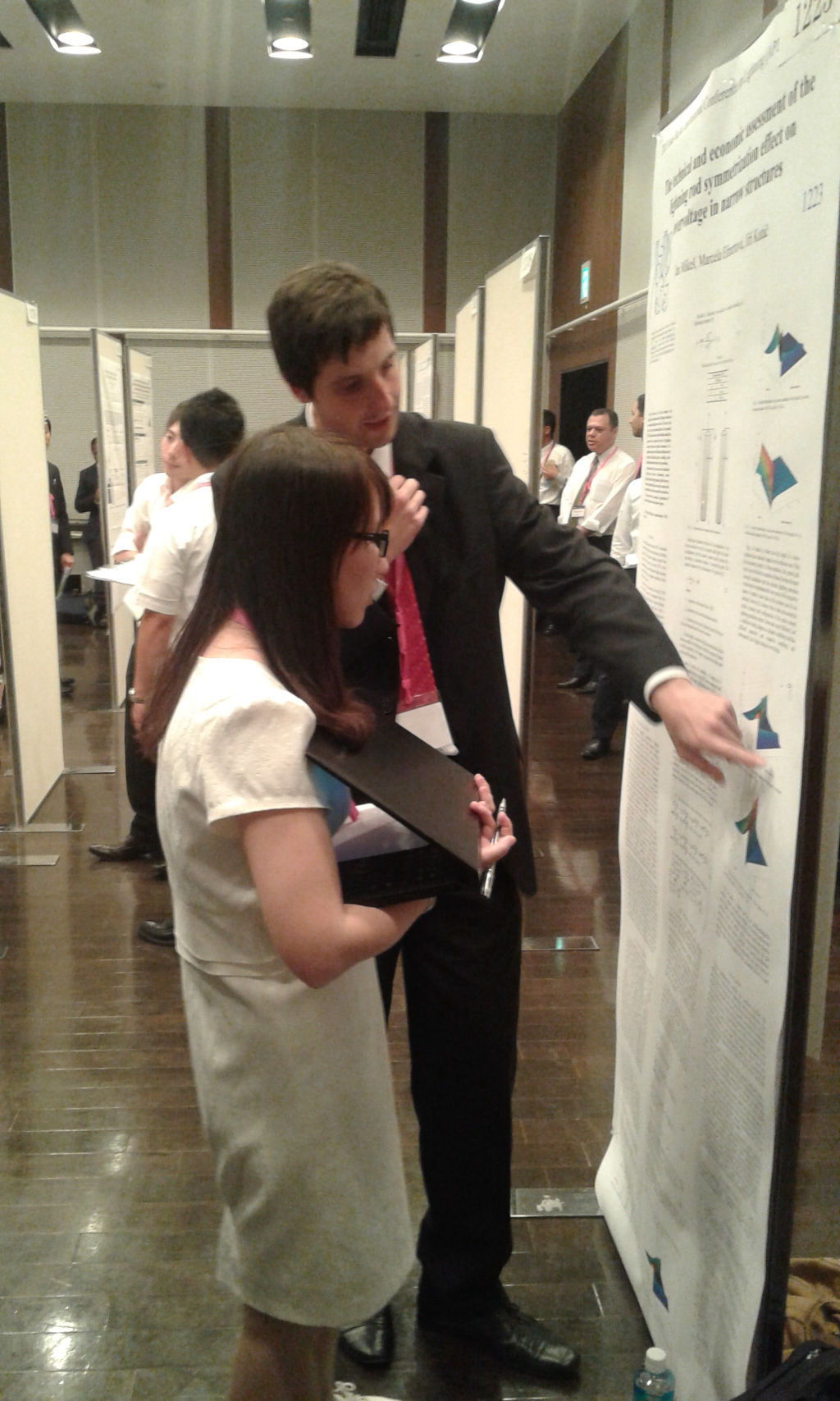
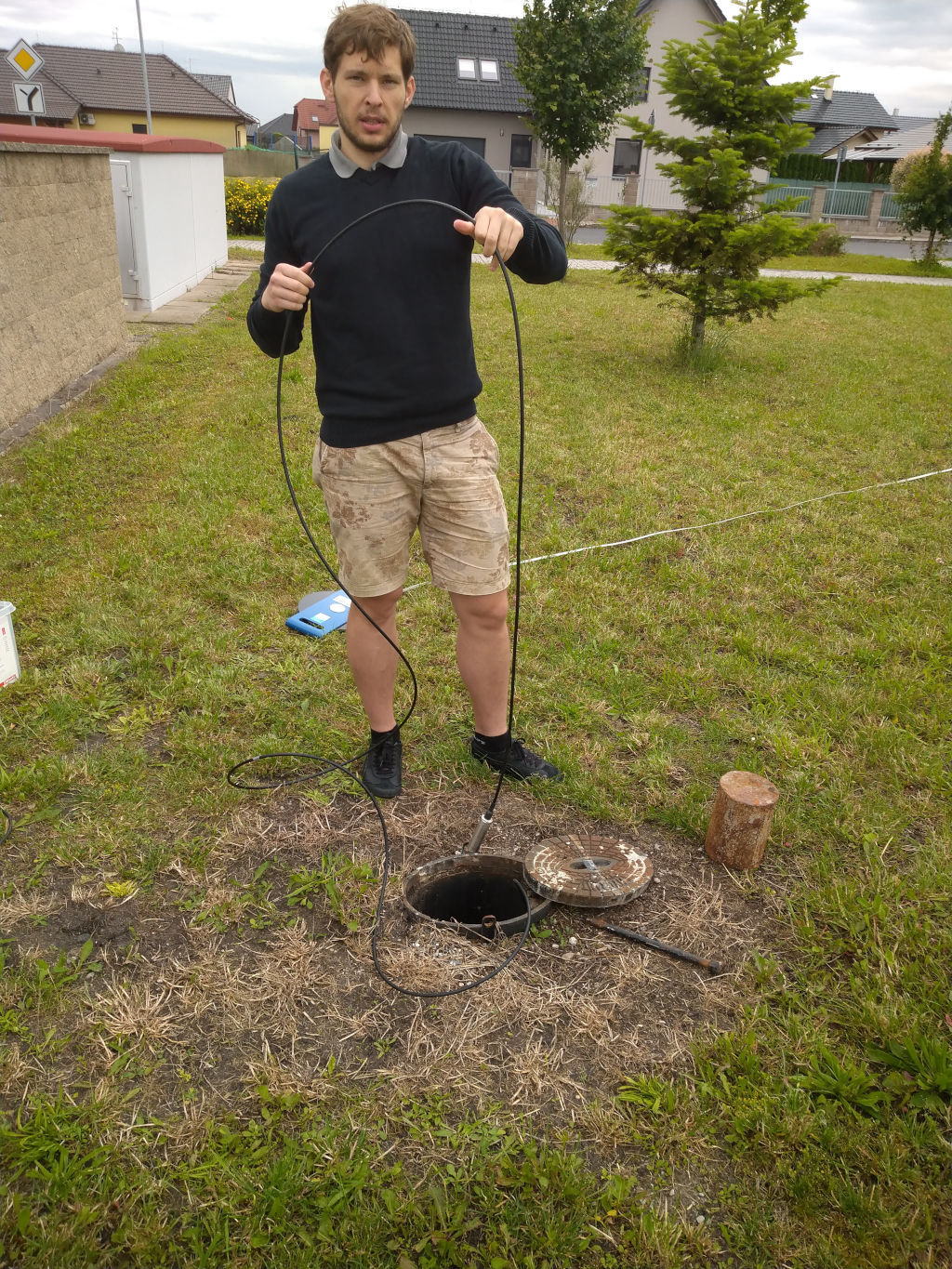

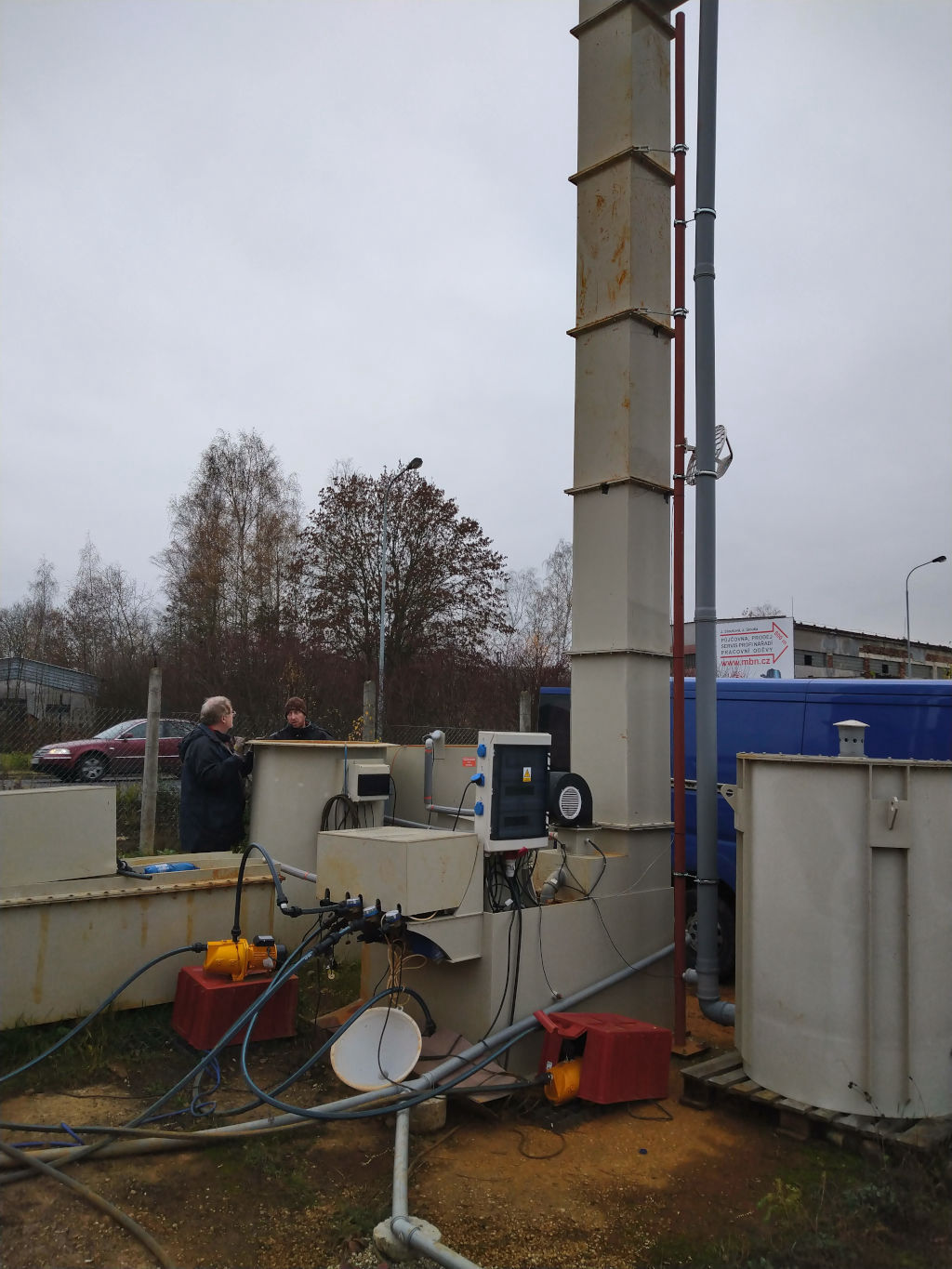
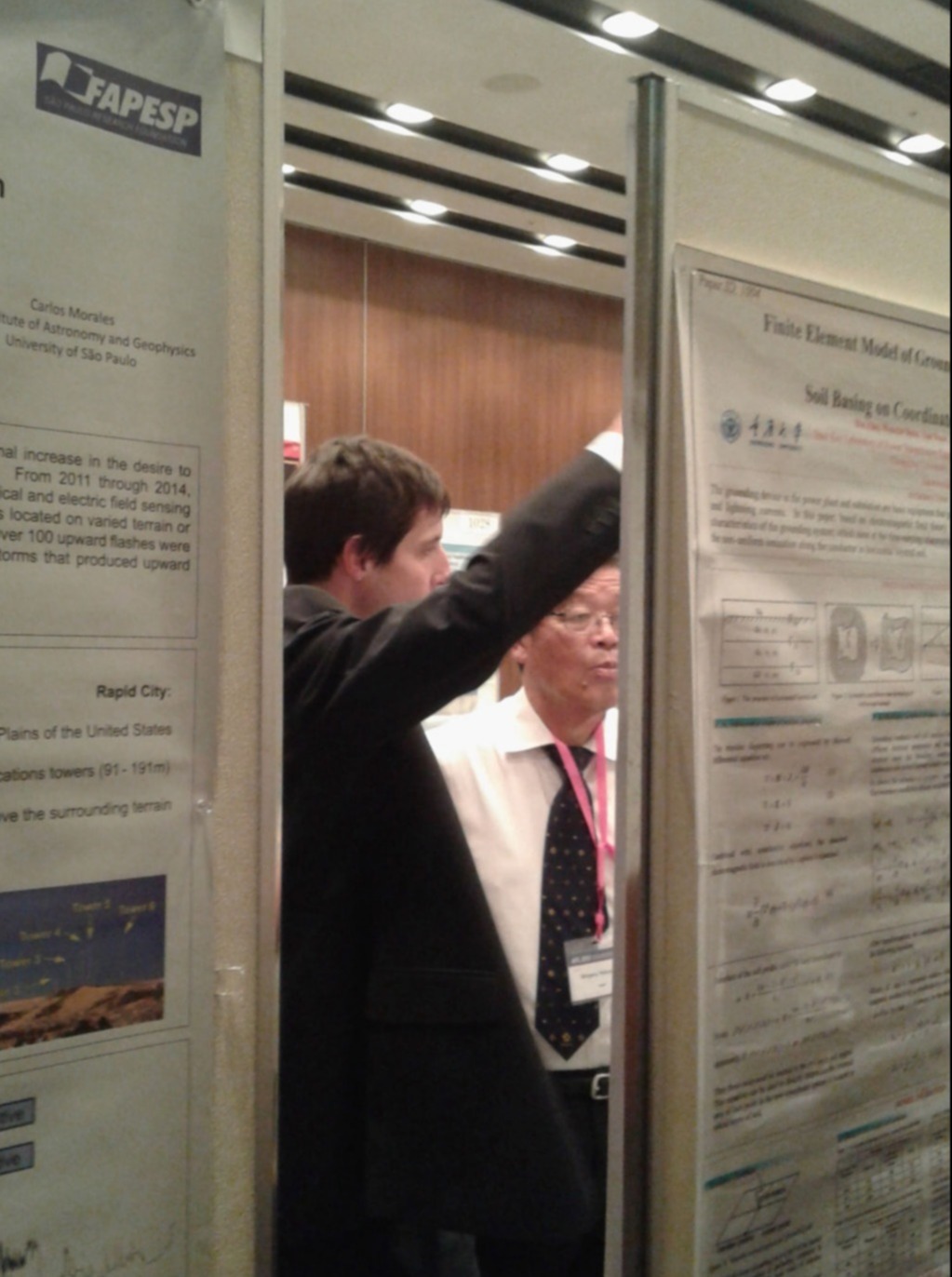
Website Building Software